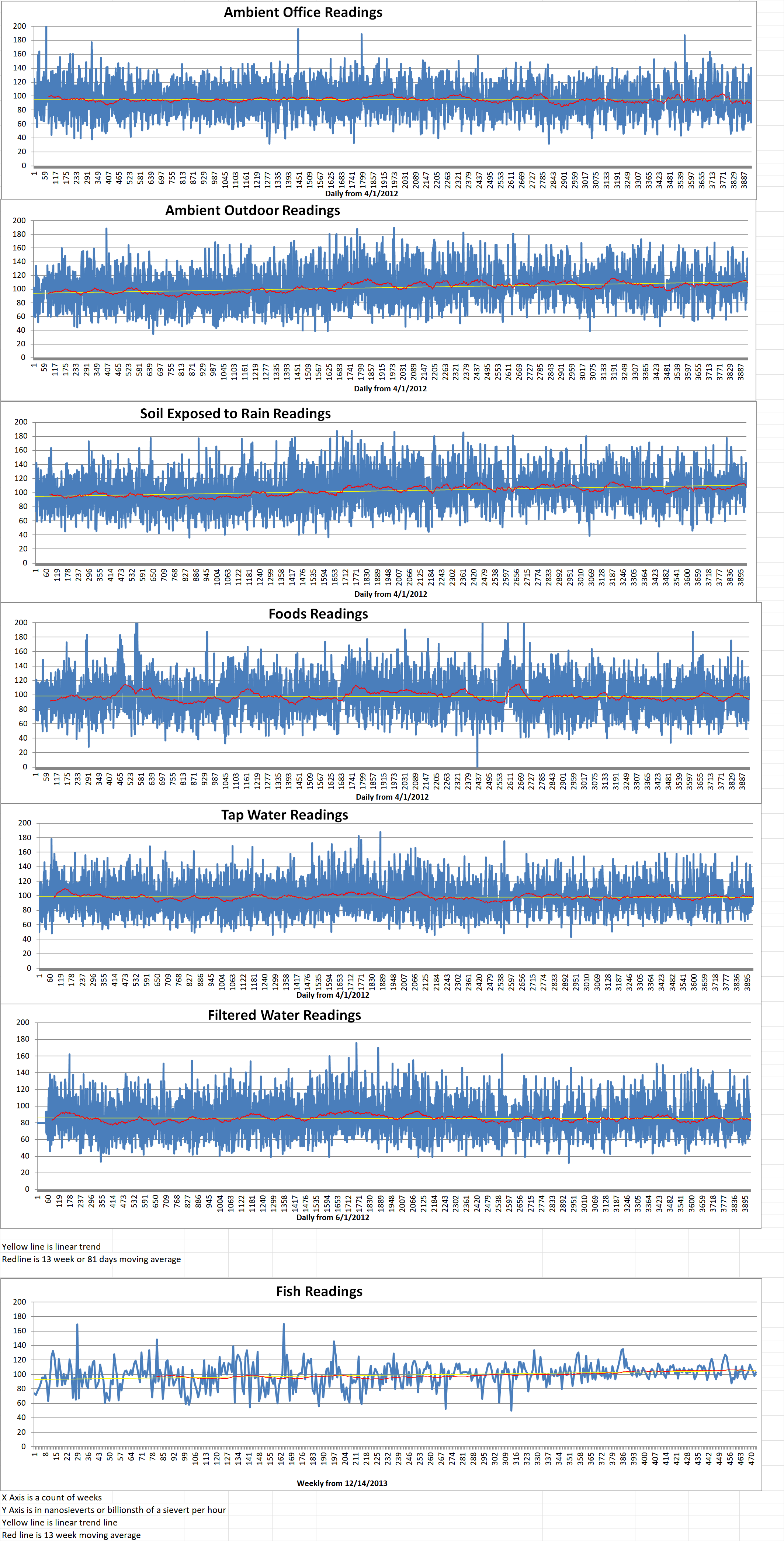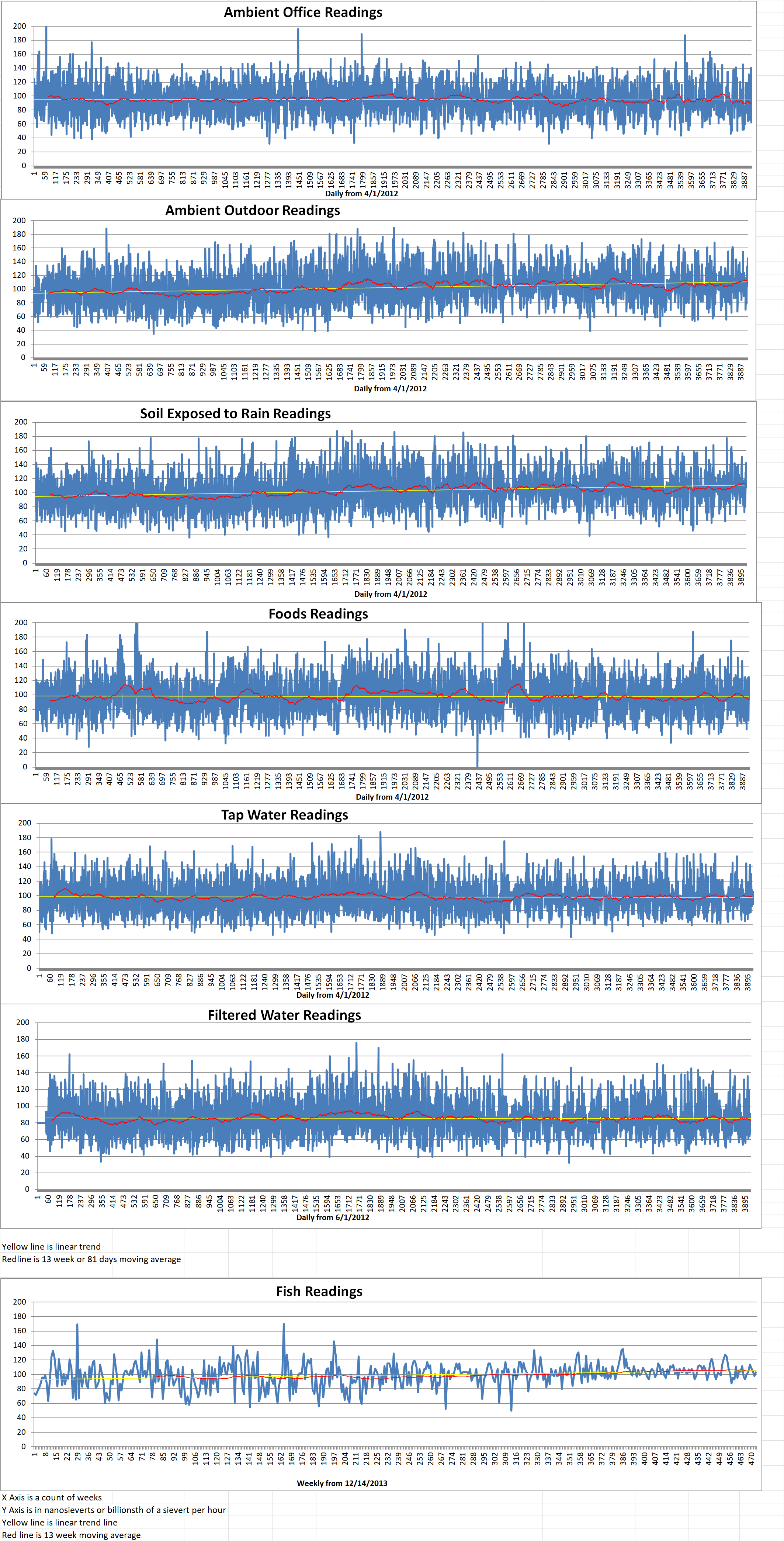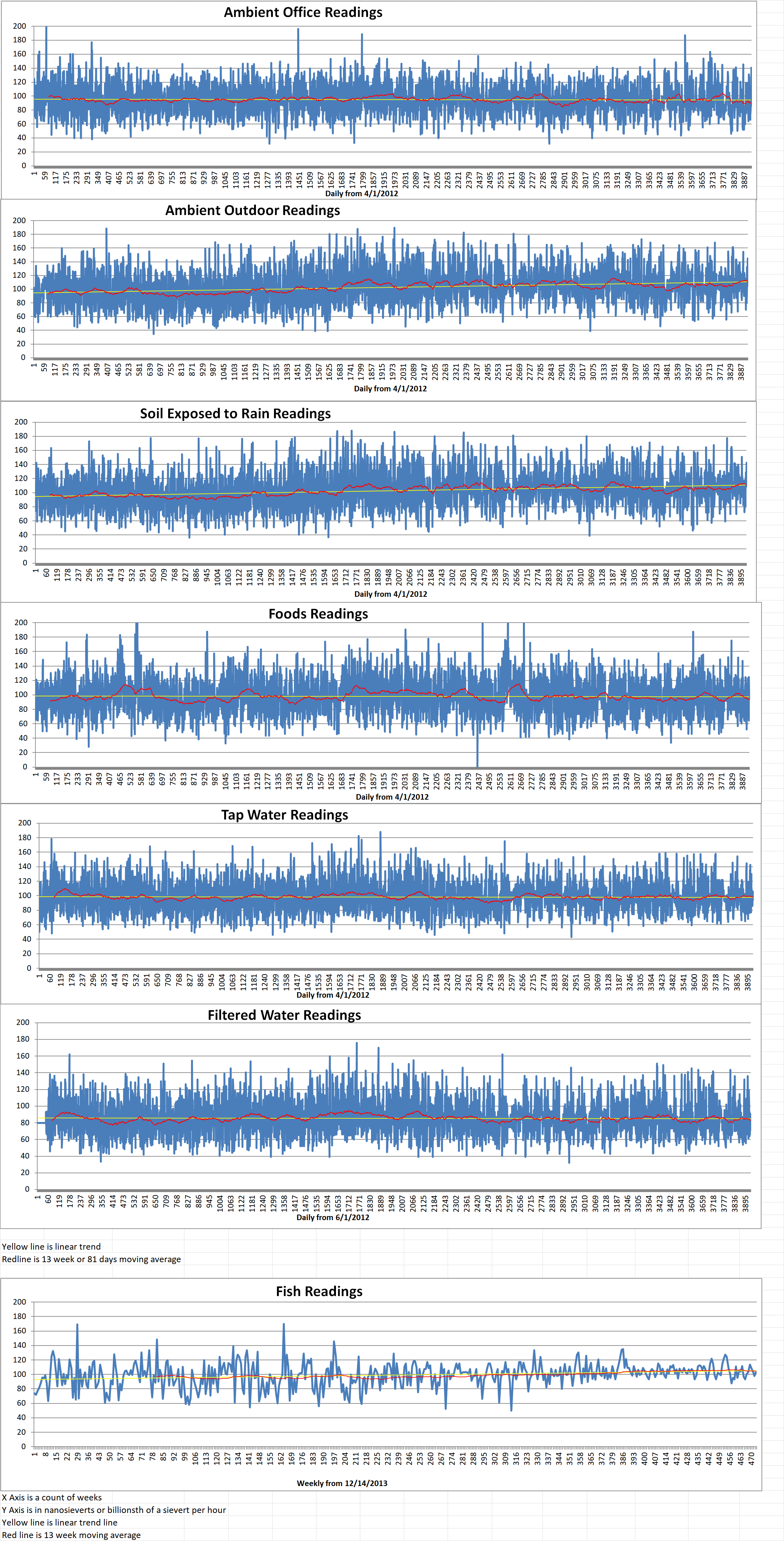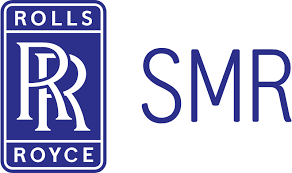All of the facilities in the world that produce molybdenum-99 (Mo-99) are now using low-enriched uranium (LEU) targets instead of proliferation-sensitive highly-enriched uranium (HEU) targets. Belgium’s National Institute of Radioelements (IRE) medical isotope production facility was the last facility to convert to LEU.
Mo-99 is the most widely used radioisotope in nuclear medicine for diagnosis. Historically, it was usually produced by irradiating HEU in nuclear reactors and then processing the irradiated materials to extract the Mo-99. This is seen as a serious nuclear proliferation risk.
A commitment was made at the 2012 National Security Summit for the U.S. Department of Energy’s National Nuclear Security Administration (NNSA) to provide financial and technical assistance to global producers of Mo-99 for the conversion from HEU to LEU targets. Such conversions were technically complex. They required qualification of new LEU target for irradiation in nuclear reactors, modifications of specialized equipment for processing irradiated target, and extensive reviews from both nuclear safety and medical regulators.
South Africa’s NTP Radioisotopes converted to LEU targets in 2017 and the Netherlands’ Curium converted in 2018 with the assistance of the NNSA. Australian Nuclear Science and Technology Organization is the fourth largest Mo-99 producer in the world. It has always used LEU targets.
The IRE is the world’s leading producer of Mo-99. Preliminary consultations between the IRE and the Belgian nuclear regulator, the Federal Agency for Nuclear Control (FANC), on the conversion from HEU to LEU targets began in 2015. The IRE requested in July of 2016 to change its licensing conditions to enable the switch. On the 24th of October 2017, the permit for the development of production with LEU targets was granted by Royal Decree. FANC and its technical subsidiary Bel V approved the beginning of Mo-99 production with LEU targets on the 14th of April 2020. The first batch of Mo-99 utilizing with LEU targets was produced in May of 2020.
In February of 2021, IRE announced that its first commercial deliveries of iodine-131 (I-131) based on the irradiation of LEU targets had begun. I-131 is used for therapeutic purposes. IRE recently announced that it had completed conversion of its production process to LEU targets. This ended the global civilian use of HEU targets for the production of medical isotopes.
IRE said, “This complete conversion to a LEU process represents the culmination of years of work and collaboration between the R&D, production, safety, quality assurance and regulatory teams of IRE around an entirely new industrial process for supplying Mo-99 and I-131 to healthcare professionals, without impacting the site’s production capacity. This outcome would not have been possible either, without the upstream collaboration of the research reactors which irradiate the uranium targets, but also downstream thanks to IRE customers who had to modify the application files of their Mo-99 and I-131-based drugs and have them approved.”
Erich Kollegger is the CEO of IRE. He said, “IRE will continue to innovate in order to contribute even better to saving lives thanks to nuclear medicine applications, while increasing the safety of our processes and our facilities.”
Jill Hruby is an NNSA Administrator. She said, “For decades, access to life-saving medical isotopes depended on the shipment of proliferation-sensitive nuclear material across continents. With IRE’s production facility converted to LEU, all major producers across the Mo-99 industry can perform their vital work without HEU targets.”
NNSA is also assisting research reactor operators to convert from HEU to LEU fuel. Some of these reactors provide irradiation services for Mo-99 production. There are six research reactors in the world with a major role in Mo-99 production. Five of them now use LEU fuel. Belgium’s BR2 research reactor is the sixth and it is expected to convert to LEU fuel in 2026. LEU test assemblies are currently being irradiated in the BR2 reactor. This is the final major technical step towards conversion.






